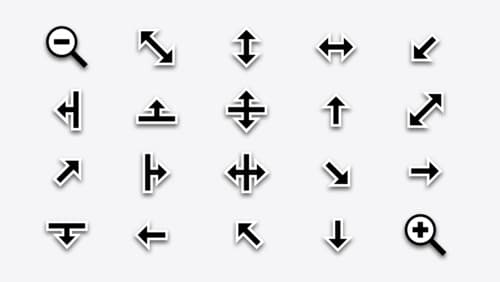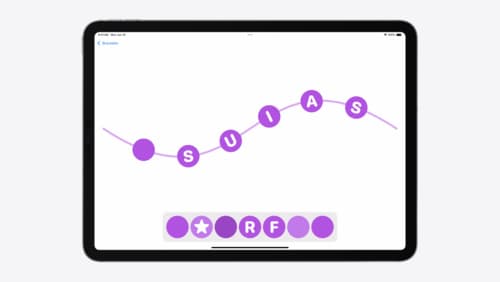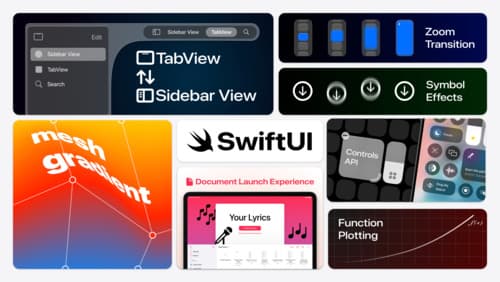how can I handle with navigation between the views in swiftui?
Asked on 2025-01-19
1 search
To handle navigation between views in SwiftUI, you can utilize several built-in components and techniques. Here are some key points from the WWDC sessions:
-
NavigationView and NavigationLink: These are fundamental components for navigation in SwiftUI. You can wrap your views in a
NavigationViewand useNavigationLinkto navigate to other views. This is covered in the SwiftUI essentials session. -
TabView and Sidebar: SwiftUI provides a flexible
TabViewthat can be styled as a sidebar or a segmented control. This allows for easy navigation between different sections of your app. The new type-safe syntax forTabViewhelps catch common errors at build time. This is discussed in the What’s new in SwiftUI session. -
Zoom Navigation Transition: SwiftUI supports new navigation transitions, such as the Zoom transition, which can enhance the user experience by providing smooth animations when navigating between views. This is highlighted in the Enhance your UI animations and transitions session.
-
Custom Navigation: For more complex navigation needs, you can create custom navigation experiences using SwiftUI's low-level APIs. This allows for unique and tailored navigation flows within your app. This is mentioned in the SwiftUI essentials session.
These components and techniques provide a robust framework for handling navigation in SwiftUI, allowing you to create intuitive and seamless user experiences.

What’s new in AppKit
Discover the latest advances in Mac app development. Get an overview of the new features in macOS Sequoia, and how to adopt them in your app. Explore new ways to integrate your existing code with SwiftUI. Learn about the improvements made to numerous AppKit controls, like toolbars, menus, text input, and more.

Enhance your UI animations and transitions
Explore how to adopt the zoom transition in navigation and presentations to increase the sense of continuity in your app, and learn how to animate UIKit views with SwiftUI animations to make it easier to build animations that feel continuous.

What’s new in SwiftUI
Learn how you can use SwiftUI to build great apps for any Apple platform. Explore a fresh new look and feel for tabs and documents on iPadOS. Improve your window management with new windowing APIs, and gain more control over immersive spaces and volumes in your visionOS apps. We’ll also take you through other exciting refinements that help you make expressive charts, customize and layout text, and so much more.
